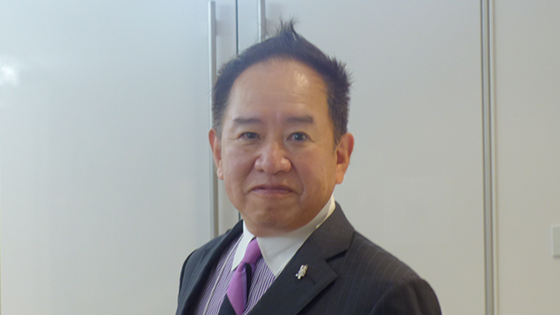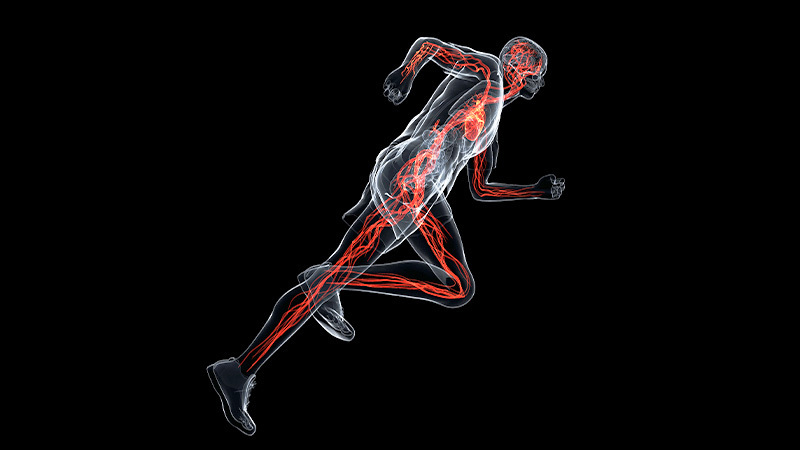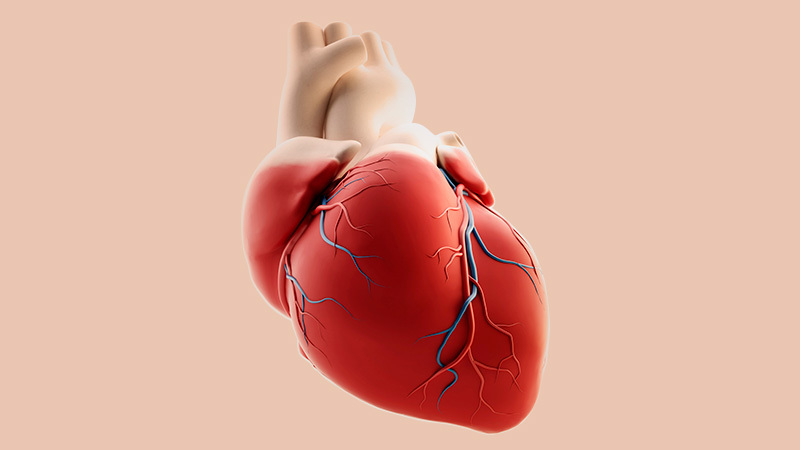A new risk scoring system developed from data from the J-MINUET trial, which enrolled more than 3,000 Japanese patients with AMI, was shown to be potentially useful in predicting MACE 3 years after AMI, Dr. Yukio Ozaki of Fujita Medical College Okazaki Medical Center presented at the Late Breaking Clinical Trial session at CVIT 2022.
A New Risk Scoring System to Predict MACE 3 Years after AMI: From the J-MINUET Study

In the present study, the investigators evaluated 3-year MACE (all-cause mortality, heart failure, MI, and stroke) in 3,283 consecutive AMI patients enrolled in the J-MINUET study from 28 centers in Japan from July 2012 to March 2014, and developed a risk scoring system using the predictors.
The mean age of enrolled patients was 69 years, the proportion of men was 75.3%, the mean BMI was 23.6 kg/m2, diabetes mellitus was present in 36.4%, hypertension in 66.5%, dyslipidemia in 52.0%, smoking in 65.8% and ST elevation MI in 68.9%.
Multivariate Cox proportional hazards models showed that independent predictors of MACE were >70 years of age (HR 1.69 [95%CI 1.38-2.07] p<0.0001), multivessel disease (HR 1.36 [95%CI 1.12-1.64] p=0.0012 1.38-2.07] p<0.0001), chronic kidney disease (HR 1.20 [95%CI 1.08-1.33] p=0.0008), acute kidney injury (HR 1.32 [95%CI 1.02-1.71] p=0.035), Killip class >3 (HR 5.54 [95%CI 4.50-6.81] p<0.0001), and final TIMI flow <3 (HR 1.51 [95%CI 1.15-1.93] p=0.0032).
There were 1,601 low-risk patients with ≤1 of these risk factors, 1,396 moderate-risk patients with 2-3, and 286 high-risk patients with ≥4, with 3-year MACE in 11.5%, 35.5%, and 76.6%, respectively (p<0.0001). Compared to low-risk patients, the hazard ratio for 3-year MACE was 2.77 (95% CI 2.25-3.41: p<0.0001) for moderate-risk patients and 8.17 (95% CI 6.28-10.61: p<0.0001) in high-risk patients.
The 3-year MACE free rate assessed by this risk scoring system was 86.1% for low-risk patients, 60.1% for moderate-risk patients, and 21.0% for high-risk patients, with a difference between the three groups at the time of the in-hospital event, and a growing difference thereafter (p<0.0001).
Dr. Ozaki summarized "Traditionally, the GRACE score created in the West has been used to determine prognosis after AMI, but the GRACE score was created based on the prognosis of AMI in the West more than 10 years ago, and does not necessarily reflect recent PCI treatment and other factors. In contrast, our proposed new risk scoring system based on the J-MINUET study in Japanese patients may be a useful tool for predicting the occurrence of MACE at 3 years after AMI in the modern era.”
ご注意 当サイト内の全ての記事と動画の転載・転送はご遠慮ください。なお、法律上保護されたコンテンツの無許可の転載、複製、転用等は、当該コンテンツの権利者等から損害賠償請求その他の法的手続を申し立てられ、事案によっては処罰される可能性、また、故意にそれらを受け取った場合も同様の措置を受ける可能性がございます。ご不明な点がございましたら当社までご連絡ください。




